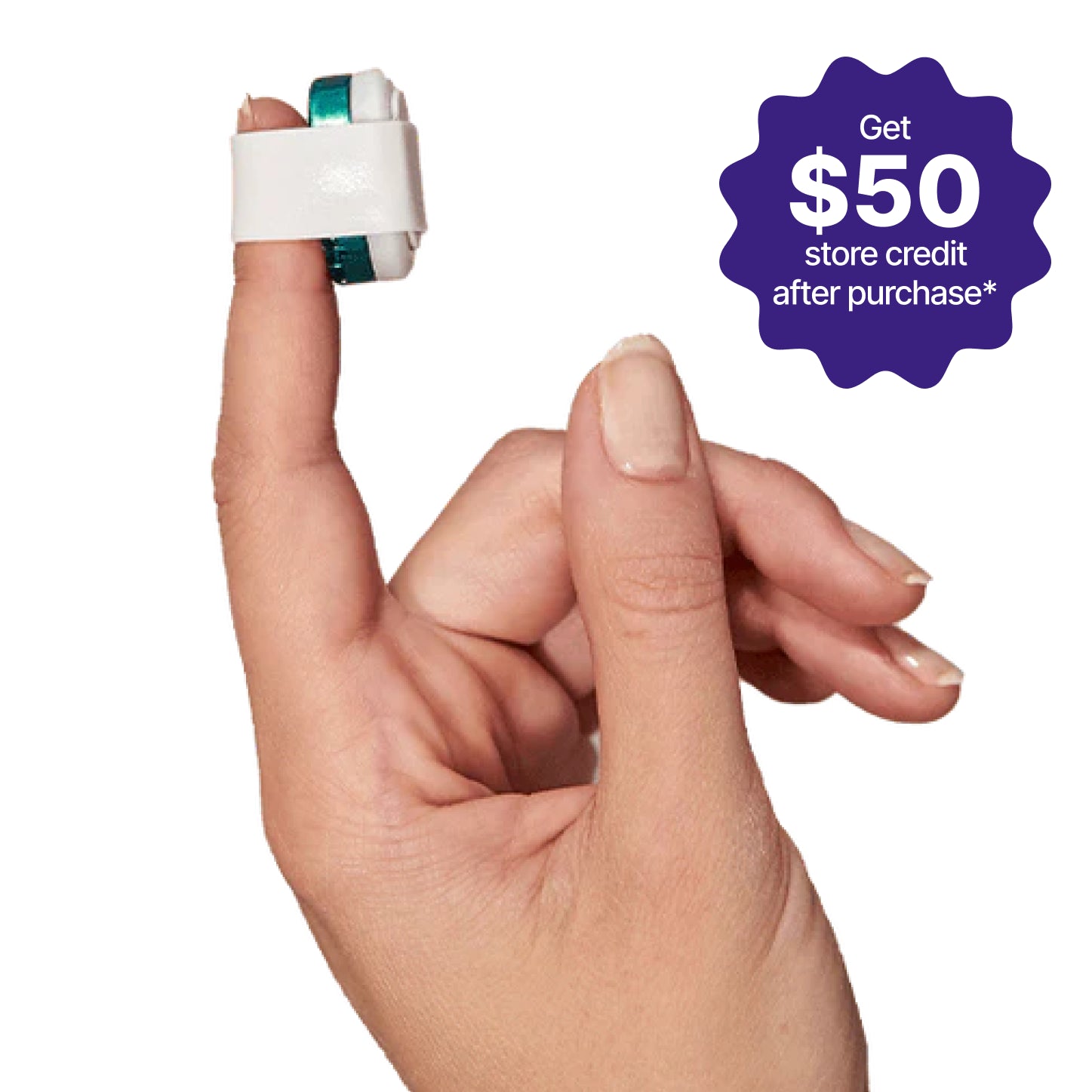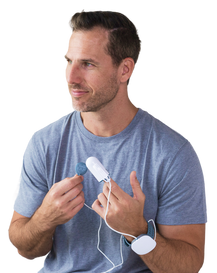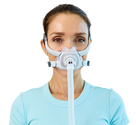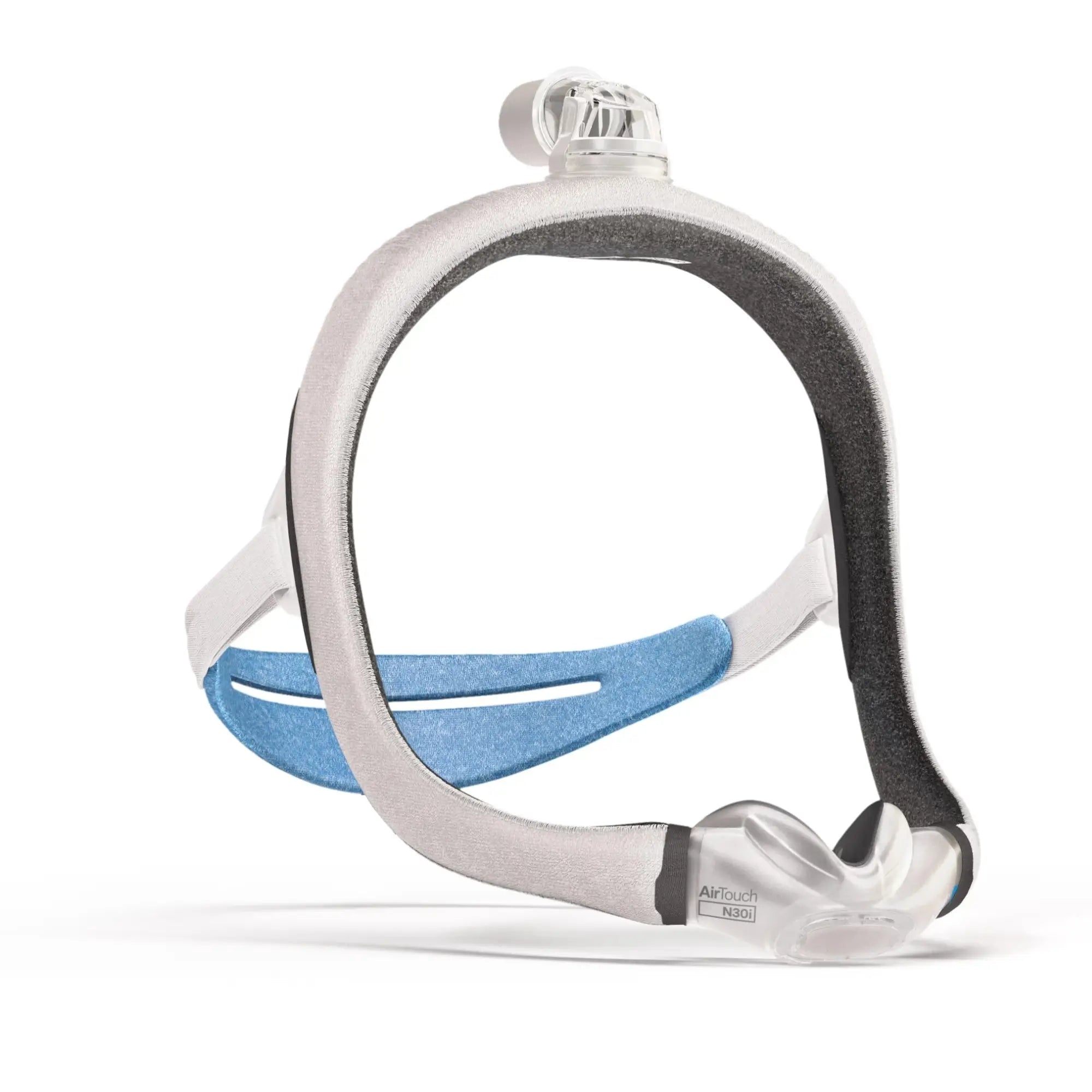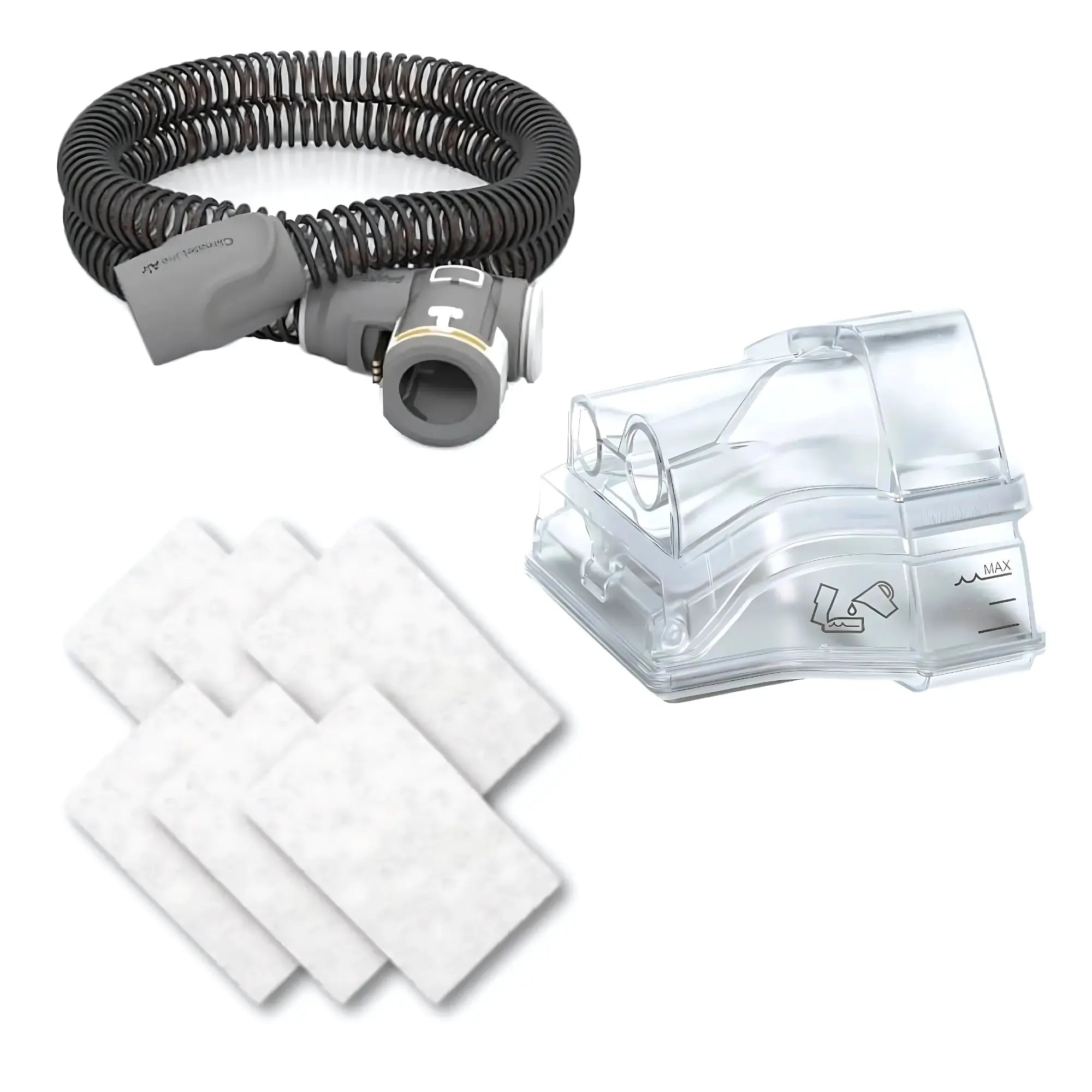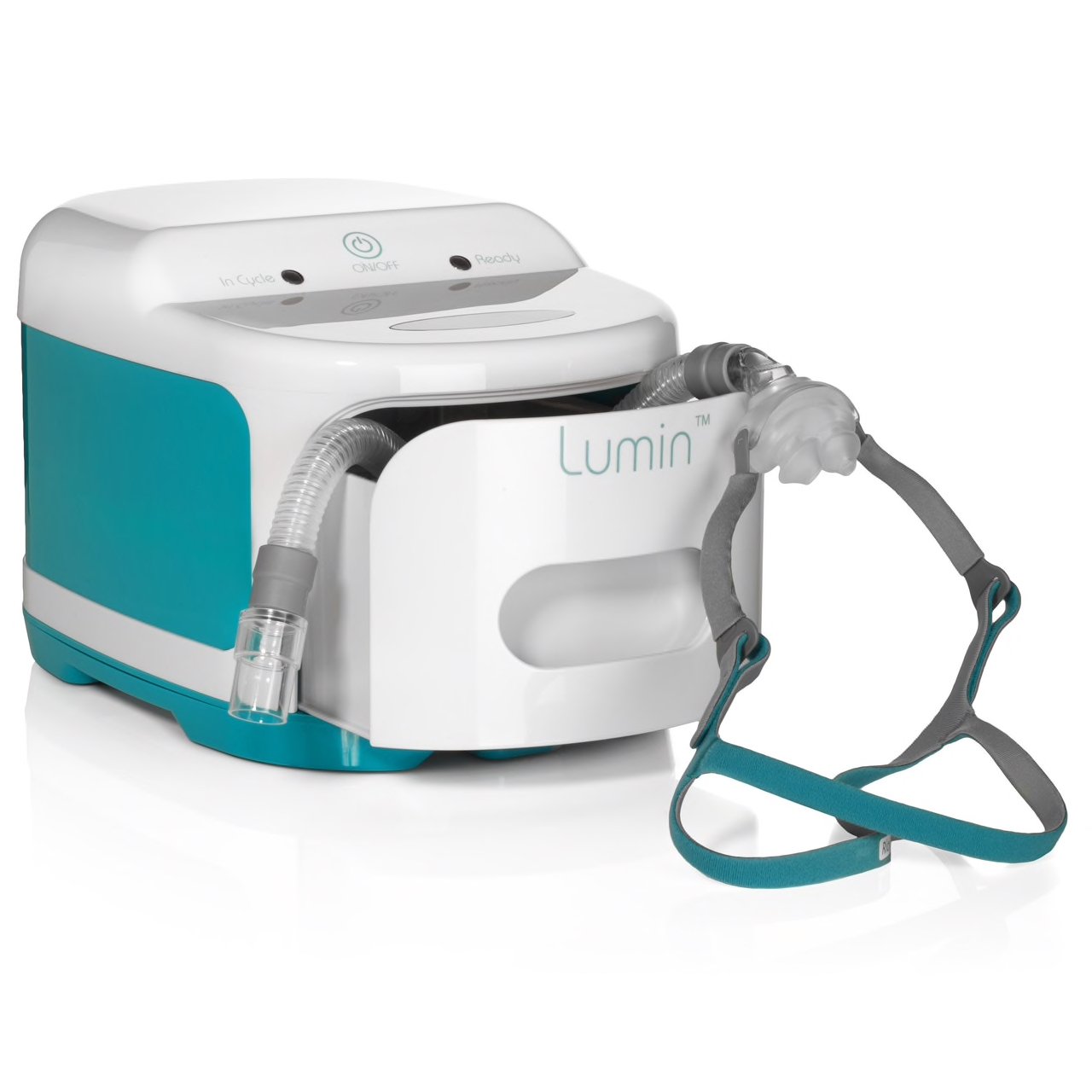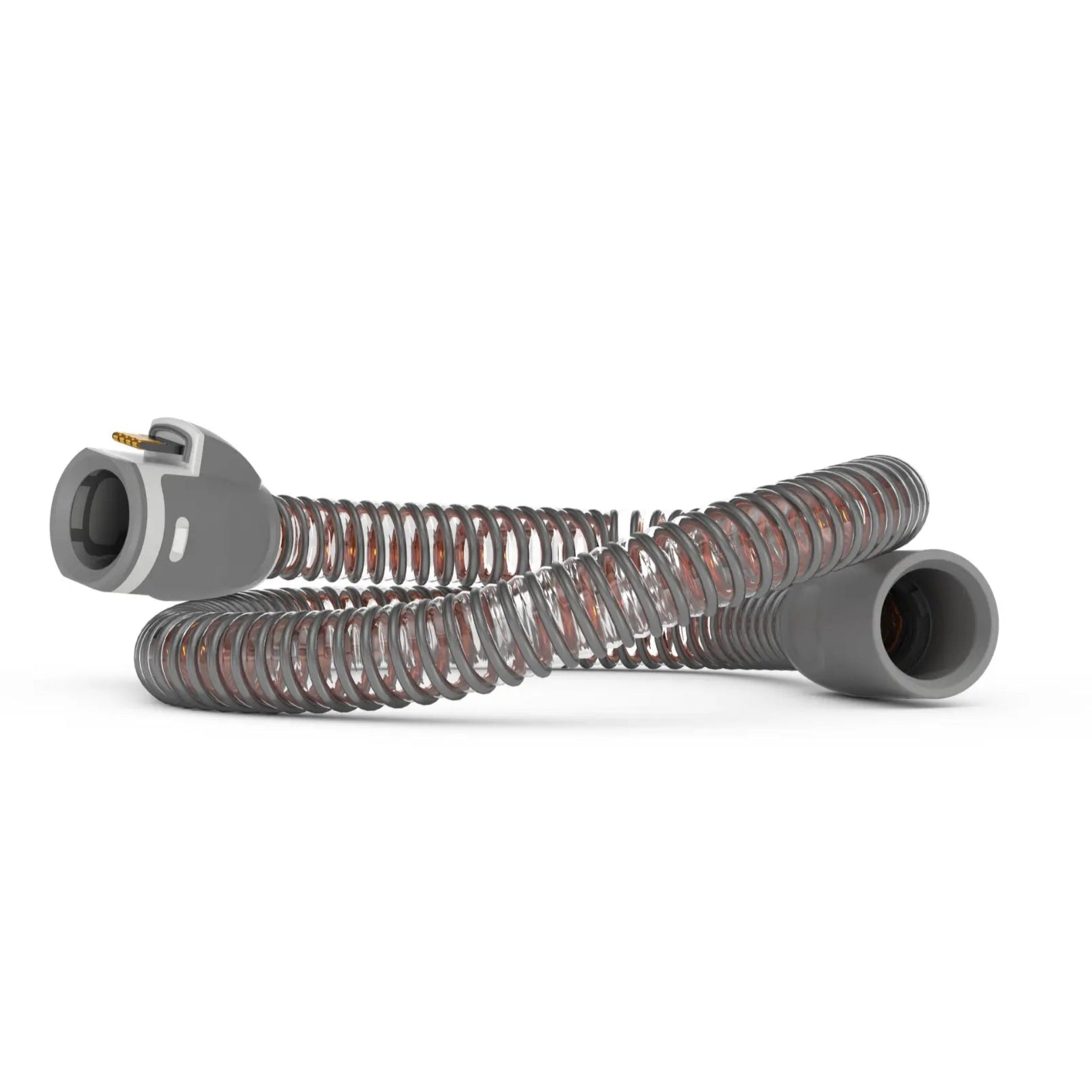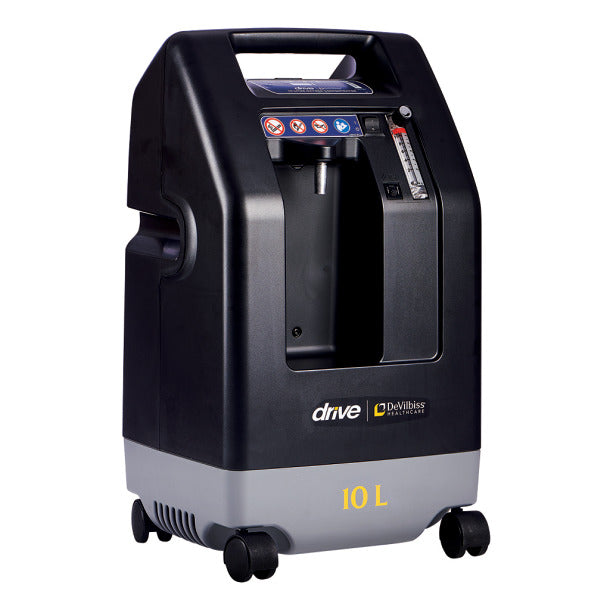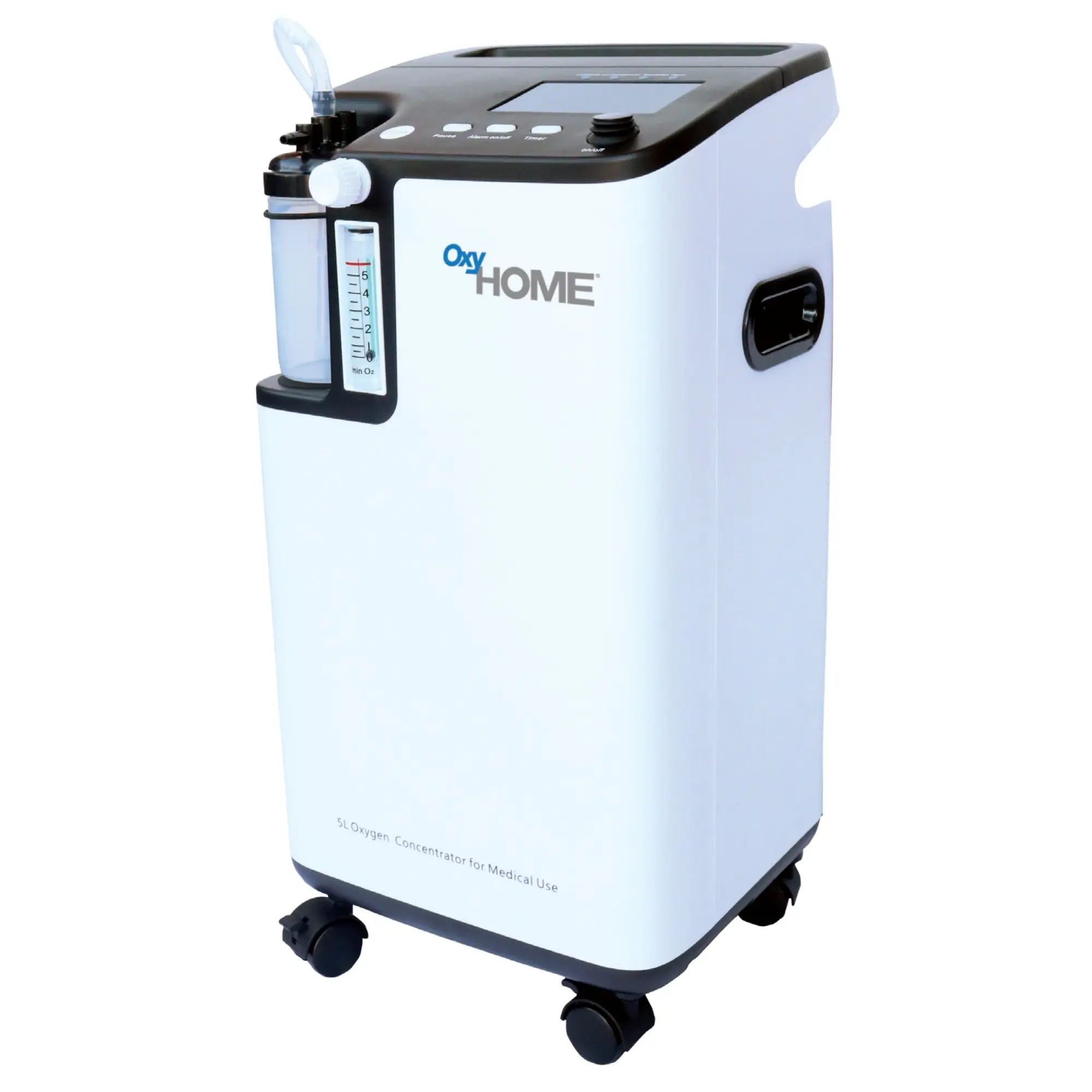Before we dive into the word of the day, let's review what sleep disorders are and what you can do about them.
What are sleep disorders?
Sleep disorders are conditions that impair a person's ability to get normal restorative sleep. The causes of these conditions are variable and range from poor sleeping habits, preexisting medical and neurological conditions, and different medical problems that disrupt the normal sleep cycle.
Sleep disorders can have a profound effect on a person's overall health and quality of life, including difficulty concentrating, poor job performance, fatigue, mood swings, daytime sleepiness, heart disease, elevated heartbeat, and hypertension.
What does apneic mean?
The definition of apneic, a synonym of apnea, is a temporary cessation of breathing.
An apneic episode or an apneic attack is a pause in breathing that lasts 20 seconds or longer.
Apneic events usually occur during sleep. For this reason, it's often called sleep apnea or obstructive sleep apnea. Usually, sleep apnea is treatable with sleep medicine, CPAP therapy, and lifestyle changes. Occasionally, surgery is required.
What is sleep apnea?
Sleep apnea is a condition in which patients stop breathing for short periods during sleep. Apneic patients may not be aware they have it. They may wake up gasping for air, and often those who share a bed with them notice and report snoring.
Apnea is the medical term used to describe slowed or stopped breathing and affects people of all ages. The cause depends on the type of apnea you have.
Apnea may be central, obstructive, or mixed.
Central apnea is due to the depressed respiratory center where there is a cessation of output from the central respiratory centers, and there is no respiratory effort.
Obstructive sleep apnea occurs when there is an obstruction to the upper airway, and respiratory efforts are inadequate to maintain ventilation. Intermittent hypoxia is a hallmark manifestation of obstructive sleep apnea (OSA).
Mixed apnea (a period of central apnea, typically followed by airflow obstruction) is the most frequent type in the pediatric arena.
Evaluating the severity of sleep apnea
The Apnea-Hypopnea Index or apnea-hypopnea index (AHI) is an index used to indicate the severity of sleep apnea. It is represented by the number of apnea and hypopnea events per hour of sleep.
The apneas (pauses in breathing) must last for at least 10 seconds and be associated with a decrease in blood oxygenation. Combining AHI and oxygen desaturation gives an overall sleep apnea severity score that evaluates both the number of sleep disruptions and the degree of oxygen desaturation (low oxygen level in the blood).
Untreated apnea can lead to poor sleep and adverse health effects such as heart failure, high blood pressure, pulmonary disease, and neurological problems due to a lack of oxygen.
Sleep apnea is strongly associated with heart failure, and could conceivably worsen heart disease through increased sympathetic activity, hemodynamic stress, hypoxemia, and oxidative stress.
Sleep apnea has recurrent episodes of hypoxemia and arousals throughout the night which increase heart rate and blood pressure.
Sleep apnea can be treated in various ways.
- Lifestyle changes (losing weight, avoiding alcohol, sleeping on one’s side instead of back, quit smoking)
- Mouthpieces (oral appliances)
- Breathing devices (CPAP)
- Surgery
Hypopnea vs. apnea
Sleep apnea and hypopnea are different versions of the same sleep disorder. Apnea is the complete blockage of air, while hypopnea is the partial blockage of air. Many times, they occur together.
Hypopnea is related to sleep apnea and is a part of the same family of sleep disorders. In hypopnea, there is a decrease of airflow for at least 10 seconds in respirations, a 30-percent reduction in ventilation, and a decrease in oxygen saturation. This decreases the amount of oxygen that is getting to your red blood cells.
Hypopnea often happens at night while you sleep, but it can also occur during the hours that you’re awake. In most cases, you will have both sleep apnea and sleep hypopnea. If you just have hypopnea, there is a good chance you will develop sleep apnea.
Who is at risk?
The common risk factors for obstructive sleep apnea (OSA) include obesity, over age 65, male, Hispanic, African-American, and of Pacific Island descent. Also, individuals who smoke, use alcohol, sedatives, and/or tranquilizers, and individuals with nasal congestion, heart disease, strokes, or neurological problems are also at higher risk for sleep apnea. Occasionally, individuals who have some blockage of their upper airway (for example, enlarged tonsils or narrowed airway) are also at risk of developing sleep apnea.
If you or your partner suspects that you have sleep apnea, contact your primary care doctor. In some cases, you might be referred immediately to a sleep specialist.



